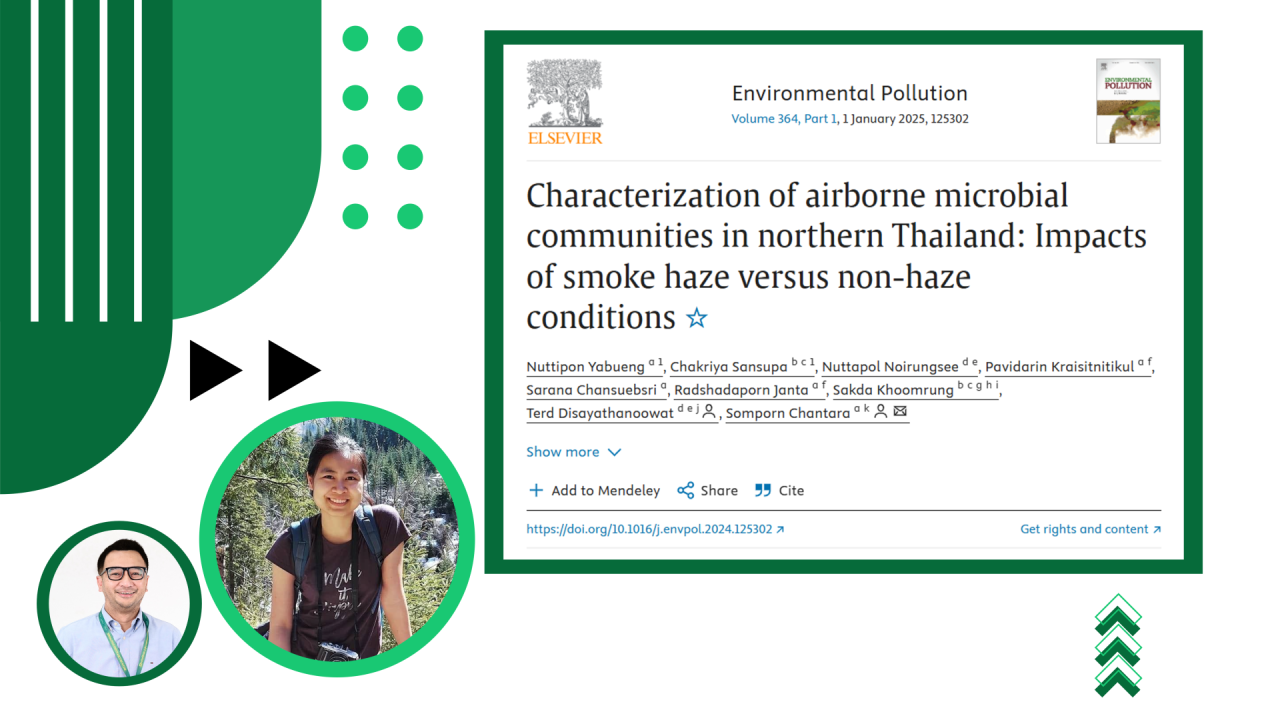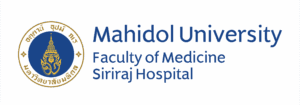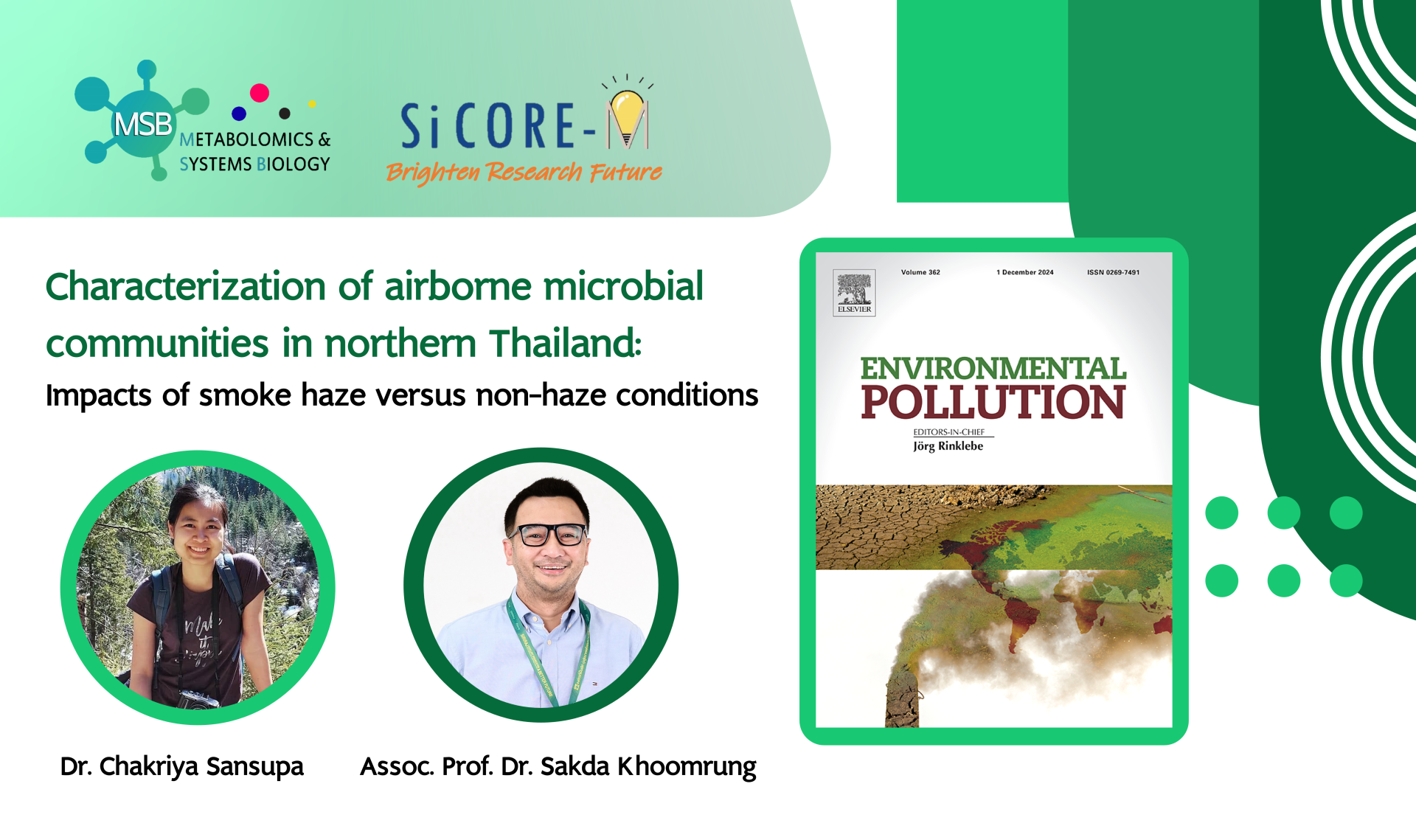Characterization of Airborne Microbial Communities in Northern Thailand: Impacts of Smoke Haze vs. Non-Haze Conditions
We extend our heartfelt congratulations to Dr. Chakriya Sansupa and Assoc. Prof. Dr. Sakda Khoomrung of the Siriraj Center of Research Excellence in Metabolomics and Systems Biology (SiCORE-MSB), Faculty of Medicine, Siriraj Hospital, Mahidol University, for their significant contribution to the field of environmental science and public health with their recent publication in the Journal of Environmental Pollution on November 10, 2024. (You can access the publication via this link: https://www.sciencedirect.com/science/article/pii/S0269749124020190?casa_token=UcN4CFtF8tsAAAAA:Zc1VGqibF4ozZcSdyYuScBVg1moEMYL4R0Ec40VIYVWKDhTil-xjuOTub3mydYzCZtd7gbM89nof )
This groundbreaking study, unique in its focus on Northern Thailand and its comprehensive examination of microbial diversity on PM2.5 particles, is the first of its kind to be conducted during both smoke haze and non-haze periods in 2020.
Key findings reveal that PM2.5 concentrations, chemical compositions, and air transport patterns massively influence airborne microbial communities. This understanding is crucial in the fields of environmental science and public health as it can help in developing strategies to mitigate the health risks associated with air pollution.
Key Insights:
• Bacterial diversity peaked during the smoke haze period, particularly with airflows from the west.
• Fungal diversity increased during non-haze periods with airflows from the southwest.
• Pathogenic microorganisms like Clostridium and Aspergillus were more prevalent during smoke haze, indicating potential health risks.
While the study has made significant strides, it acknowledges its limitations, such as small sample sizes and focusing on a single urban location. However, it also points towards a hopeful future, where larger, multi-location studies over extended periods can better capture seasonal and interannual variations. This work underscores the critical need to monitor airborne microorganisms in haze-prone regions to understand their impact on air quality and public health. Congratulations again to the research team for this important contribution!




